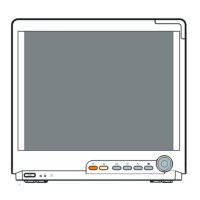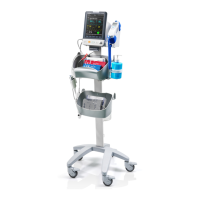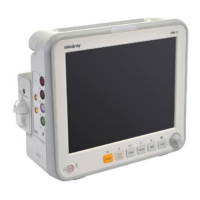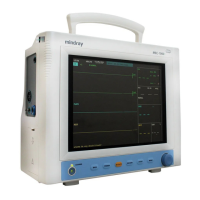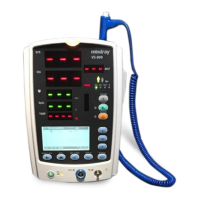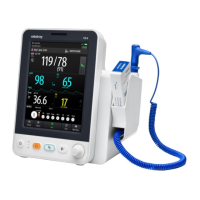What causes 'Electrode Poor Contact' on Mindray Monitor?
- Jjessica97Sep 14, 2025
If the Mindray Monitor indicates poor electrode contact, it may be because the electrode has been used for a long time or the electrode contact is poor. Check the electrode application and reposition or replace the electrodes if necessary.






